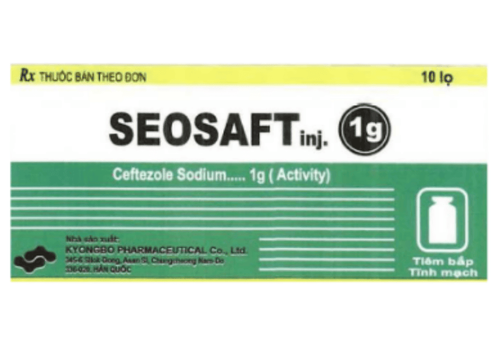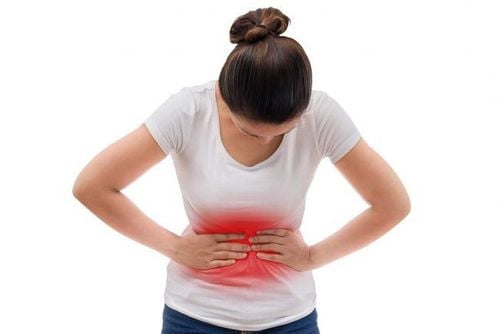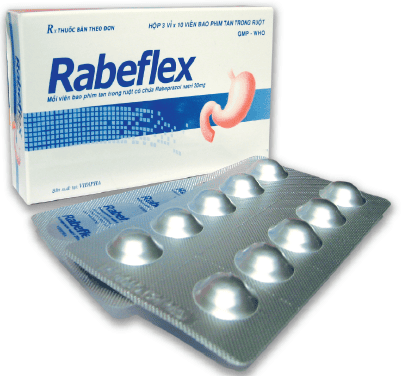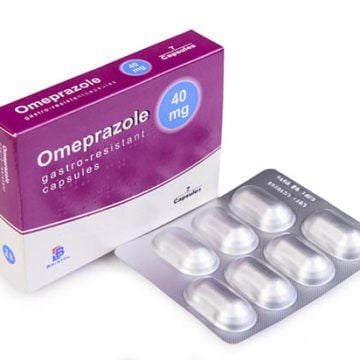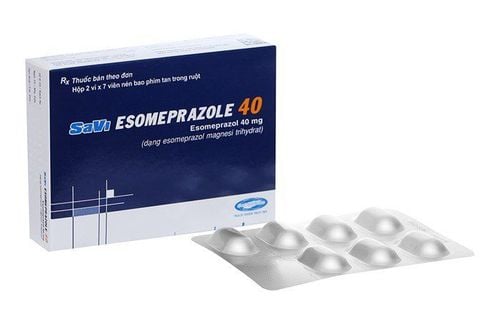This is an automatically translated article.
The article is professionally consulted by Master, Doctor Mai Vien Phuong - Gastroenterologist - Department of Medical Examination & Internal Medicine - Vinmec Central Park International General Hospital.Cardiac spasms can occur for a variety of reasons. This condition can be hereditary or it can be the result of an autoimmune condition, which occurs when the body's immune system attacks.
Degeneration of nerves in the esophagus contributes to the progression of symptoms. The disease can be treated medically with drugs or endoscopically to treat cardiac spasms.
1. What is Cardiac Spasm?
Cardiac spasm is a pathological condition of the esophagus, in which the main phenomenon is disturbance of the normal motor function (peristalsis) of the esophagus and the cardia. Cardiac spasms make it difficult for food and fluids to flow down to the stomach.
Cardiac spasm occurs when the esophagus loses its ability to squeeze food down, the muscular valve between the esophagus and stomach does not fully relax. Cardiac spasm may be caused by degeneration of the esophageal muscles and, more importantly, the control nerves.
If left untreated, achalasia can cause complications such as esophageal ulcers, fibrous scarring causing narrowing of the esophagus, dilated esophagus compressing the trachea, veins, heart, increasing the risk of pneumonia, Lung abscess due to reflux of food into the trachea, cancer in chronic inflammatory areas, malnutrition...
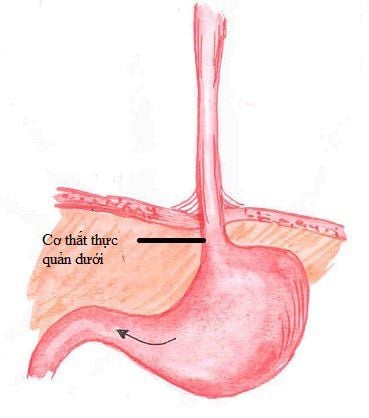
2. Cardiac spasm symptoms
The disease usually has a slow progression, less acute with the following symptoms:
Pain in the chest behind the sternum or a feeling of pressure in the chest, especially after swallowing. Frequent stabbing pain in the chest with unknown cause. Difficulty swallowing (both liquid and solid), feeling of tightness in the chest (chest discomfort due to dilation of the esophagus and retained food), the patient must drink more water when eating. Difficulty swallowing occurs erratically from time to time. Severe pain or discomfort after eating. Feelings of choking, belching, regurgitation of food appear after eating, making patients feel afraid to eat. The patient lost weight and was exhausted due to poor eating. Heartburn. However, this is not characteristic of heartburn and cannot be relieved by heartburn treatments.
3. Cardiac spasm treatment
3.1 Adjust the diet Maintain a suitable diet: eat liquid foods, have enough calories, eat several times a day, tilt your neck back when swallowing, exhale forcefully to ease food down, drink warm water hot, limit eating a lot the night before going to bed, prevent reflux when sleeping.
Don't drink alcohol, don't smoke, limit spicy foods, onions and garlic, don't drink cold water...
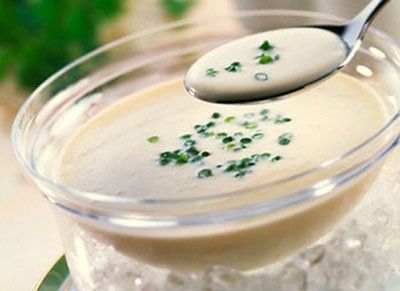
3.2 Drug treatment regimen with sedatives (seduxen...), spasmolytics (Spasmaverine, Nospa...), lower esophageal sphincter relaxants (calcium channel blockers, isosorbide dinitrate...), protein/blood transfusions when depleted, botulinum toxin injections to reduce lower esophageal sphincter pressure... However, medical treatments rarely bring about radical results or only have short-term effects.
4. Laparoscopic surgery to treat cardiac spasms
Laparoscopic surgery for dilatation of the heart when there is stenosis with air balloons, currently this is the most commonly applied method in the world. The doctor will use an air balloon with a pressure gauge, inserted into the esophagus through the endoscope. Inflating the balloon helps to maximize the relaxation of the lower esophageal sphincter, which can tear the sphincter causing loss of spasm effect. The method should be carried out a number of times for maximum effect.
However, because balloon dilation requires multiple interventions, the risk of complications such as esophageal perforation, chest pain, bleeding, mucosal tearing, adhesion inflammation, aspiration pneumonia... is quite high.
In recent years, oral endoscopic lower esophageal sphincterotomy has been applied in many countries, helping to resolve achalasia that is less responsive to other treatments. Endoscopically, it is possible to use a knife to cut the lining of the esophagus in the lower third, create a tunnel and then cut the lower esophageal sphincter, this is the latest method in the world today, requires the technical level of endoscopist is very tall. This technique is less invasive, reduces complications, reduces the risk of adhesions, the postoperative period is gentler, helping patients recover faster than laparoscopic surgery.
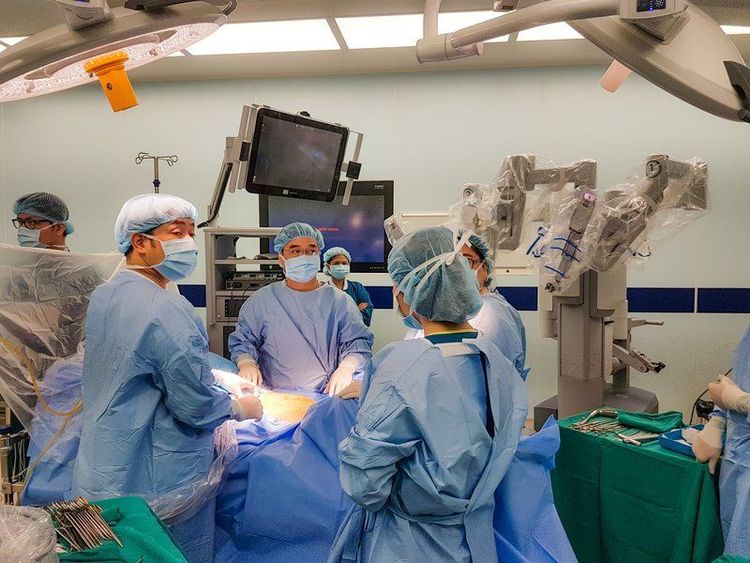
Contraindications in laparoscopic surgery to treat cardiac spasms: The patient's condition is too weak to withstand surgery The patient is old and weak, has many co-morbidities Patients with esophageal cancer Patients with peritonitis surgery history, Intestinal obstruction Free ascites or localized ascites Hernia of the abdominal wall, umbilical hernia Local infection of the abdominal wall Pathology of coagulation disorders Vinmec International General Hospital is one of the hospitals that not only ensure quality expertise with a team of doctors and nurses, a system of modern equipment and technology, but also outstanding with comprehensive and professional medical examination, consultation and treatment services; civilized, polite, safe and sterile medical examination and treatment space.
Please dial HOTLINE for more information or register for an appointment HERE. Download MyVinmec app to make appointments faster and to manage your bookings easily.





